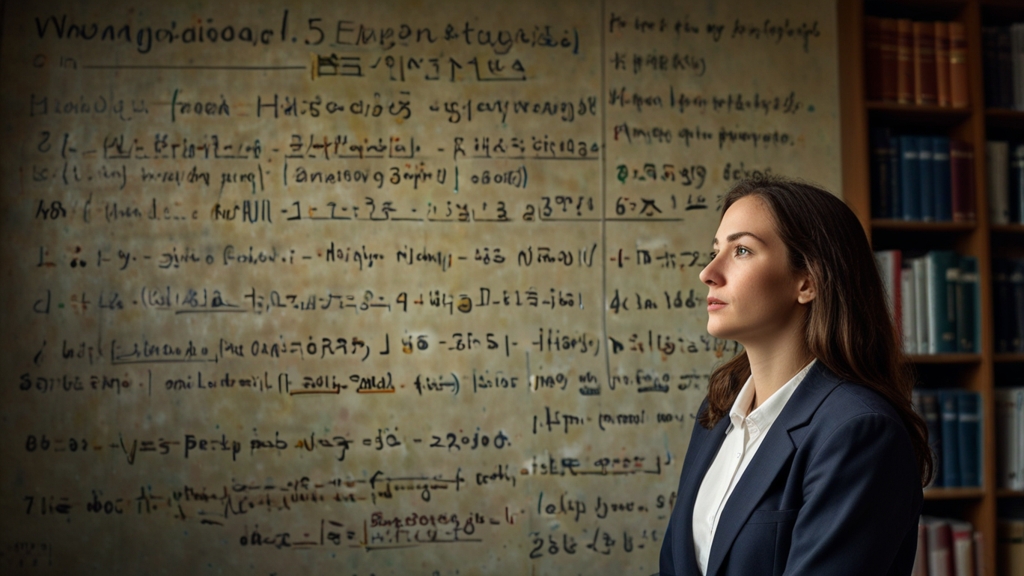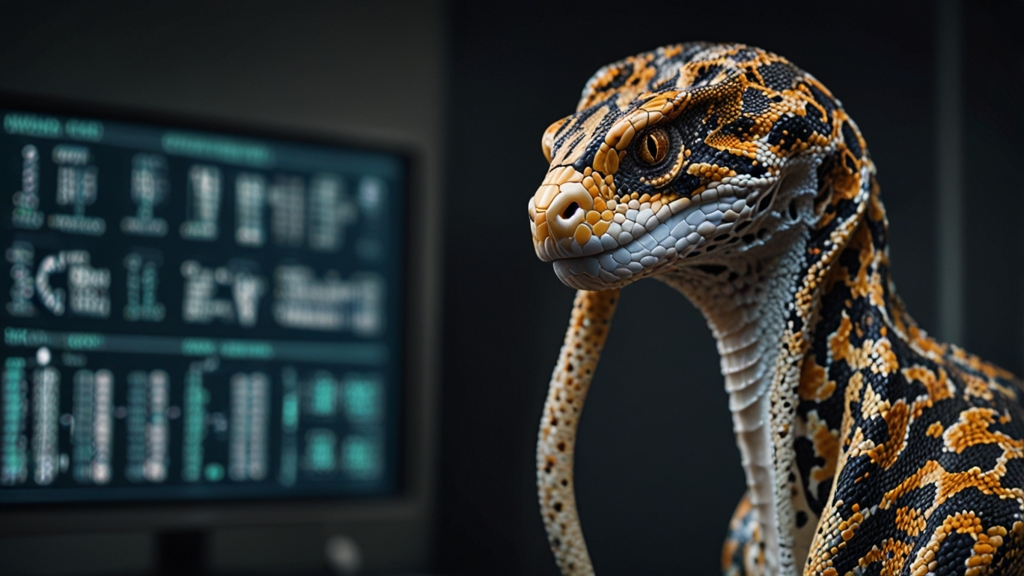The Dogs of War: Canine Heroes in the Vietnam Conflict
The Vietnam War, a prolonged and contentious conflict that lasted from November 1, 1955, to April 30, 1975, saw millions of soldiers from multiple nations embroiled in bitter combat. Amidst the chaos and destruction, a group of unsung heroes emerged—military working dogs (MWDs) who played an indispensable role in various operational capacities. From sniffing out explosives to providing companionship, these canine warriors displayed extraordinary bravery and skill.
Unwavering Loyalty and Performance
Trained to perform under the most challenging conditions, Vietnam War dogs operated in roles that included scouting, tracking, and sentry duties. These canines provided a critical advantage in jungle warfare, offering soldiers early detection of enemy forces. German Shepherds, Labradors, and Belgian Malinois were the most commonly employed breeds, chosen for their intelligence, agility, and strong work ethic.
"The capabilities that these dogs brought to our patrols were invaluable. Their keen sense of smell and hearing, combined with their unwavering loyalty to their handlers, often meant the difference between life and death."
Scouting and Detection
One of the primary roles of MWDs in Vietnam was scouting. Handlers and their dogs would take the lead in patrol formations, tasked with locating enemy soldiers, detecting booby traps, and spotting ambushes before they could spring. Their exceptional sensory abilities allowed them to detect the presence of the enemy long before human eyes and ears could.
The partnership between handler and dog was crucial. A handler had to learn to interpret the dog's signals and trust its instincts implicitly. Over time, these duos developed an unbreakable bond, formed through rigorous training and the shared experience of the battlefield.
"I trusted my dog more than any piece of equipment on that mission. His senses surpassed anything technology could offer at the time."
Search and Rescue
In addition to scouting, MWDs were employed in search and rescue missions. After engagements with enemy forces, these dogs were often tasked with locating wounded soldiers or uncovering hidden stockpiles of weapons and supplies. Their contributions were not limited to direct combat; they were instrumental in efforts to save lives and secure critical materials.
Casualties and Heroism
Sadly, the Vietnam War saw the loss of many canine heroes. Over 4,000 MWDs served during the conflict, but only around 200 returned home. Whether due to the harsh conditions, disease, or combat, the survival rate of these brave animals was tragically low. Nevertheless, their valor did not go unrecognized. Many dogs received posthumous awards for bravery and service, and their legacy endures in the annals of military history.
Legacy and Honors
The exploits of Vietnam War dogs have been enshrined in various forms of media, from books and documentaries to memorials and museums. The Vietnam War Dog Memorial, the first of its kind, stands as a testament to these valiant canines. Located at the March Field Air Museum in Riverside, California, the monument features a bronze statue of a handler and his dog, forever symbolizing their unbreakable bond and shared sacrifice.
"These dogs were more than just tools of war; they were our guardians and friends. They deserve every ounce of honor and remembrance."
Conclusion
The story of military working dogs in the Vietnam War is one of courage, loyalty, and sacrifice. These remarkable animals saved countless lives and performed duties that no piece of machinery could replicate. Their legacy continues to inspire, reminding us that heroism comes in many forms. As we reflect on the Vietnam War, let us remember not just the human soldiers who fought bravely but also the canine warriors who stood by their side, asking for nothing more than a pat on the head and the chance to serve.





